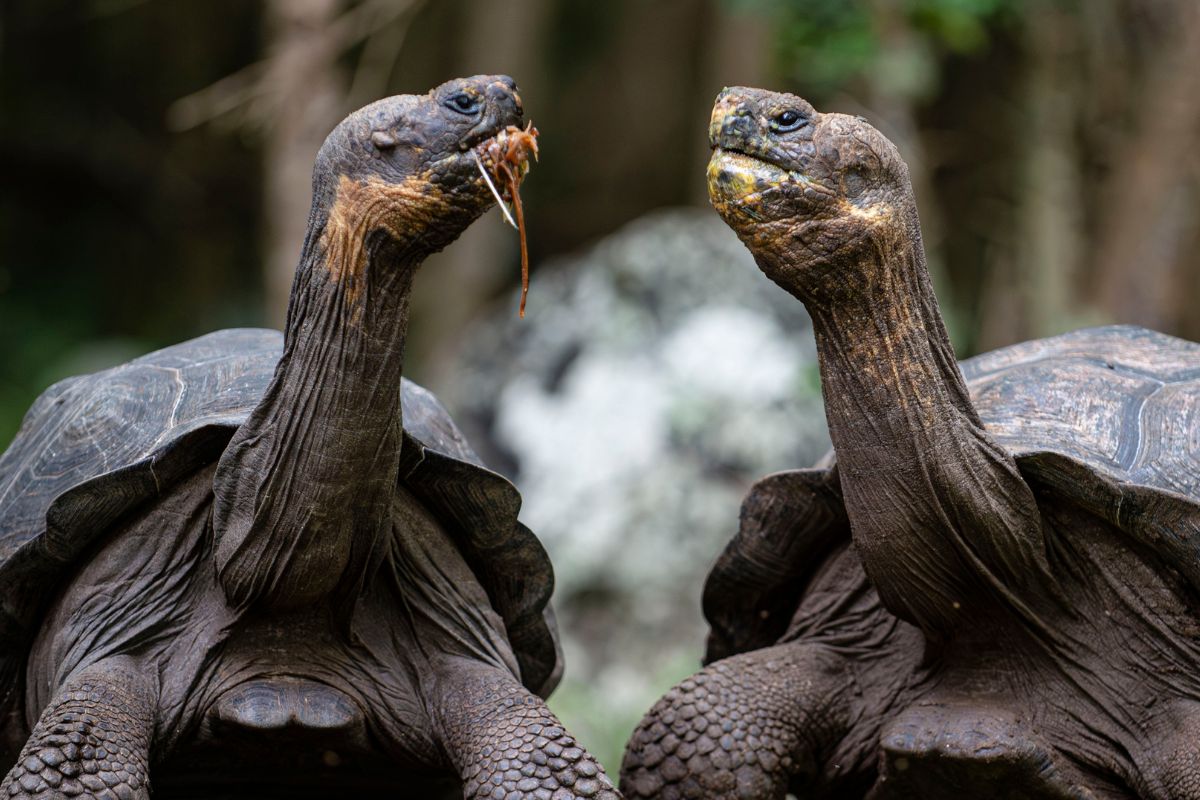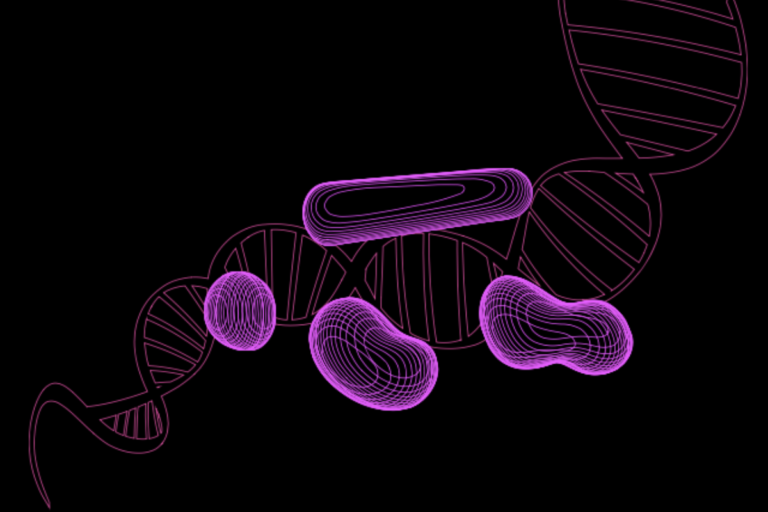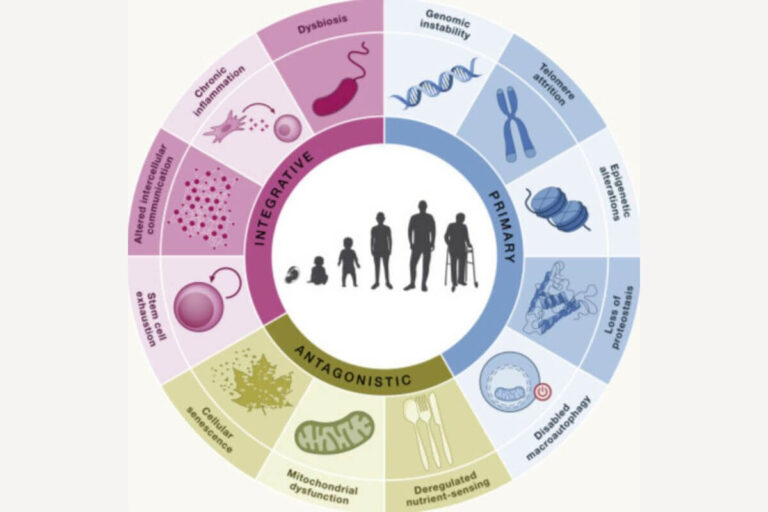Scientists have long been fascinated by animals that seem to defy aging. While most species experience aging, disease, and death at a predictable pace, some creatures challenge our understanding of biology and longevity. Let’s dive into the world of these remarkable animals and explore what they can teach us about aging and how we one day might halt it.
1. Hydra – The Immortal Freshwater Organism
One of the most famous examples of an animal that doesn’t age is the Hydra, a tiny, gelatinous freshwater creature that appears to bypass biological aging altogether. Hydras possess an impressive ability to continuously regenerate their cells, keeping them youthful and healthy throughout their lives. This capability stems from a high concentration of stem cells that constantly replace old ones. Researchers are studying hydras’ mechanisms to learn how humans might activate their own stem cells to prevent aging.
2. Greenland Shark – Ancient Life in Icy Depths
The Greenland shark (Somniosus microcephalus) holds the record for one of the longest lifespans in the animal kingdom, living over 400 years. These sharks age at an exceptionally slow rate, with their metabolism adapted to the frigid depths of the Arctic Ocean. The Greenland shark’s slow development offers insights into how metabolic processes might be manipulated to slow down aging in humans.
3. Turritopsis dohrnii – The Immortal Jellyfish
Known as the “immortal jellyfish,” Turritopsis dohrnii has a unique ability to reverse its biological clock. When faced with environmental stress or physical damage, this jellyfish can revert its cells to an earlier stage of development, essentially starting its life cycle anew. This remarkable process, called transdifferentiation, allows it to potentially escape death indefinitely. Scientists are eager to understand this mechanism and how it might inform regenerative medicine and anti-aging therapies.
4. Ocean Quahog Clams – Secrets of Longevity Beneath the Waves
Ocean quahogs, particularly the species Arctica islandica, are among the longest-living marine creatures. One famous example, nicknamed “Ming the Clam,” was over 500 years old when discovered. These clams’ remarkable lifespans are attributed to their incredibly slow metabolic rates, which seem to protect them from age-related diseases. Understanding their biology could help scientists unlock new ways to promote long-term health in humans.
5. Naked Mole Rats – The Underground Longevity Experts
The naked mole rat (Heterocephalus glaber), native to East Africa, is another extraordinary creature that defies aging. These small, hairless rodents can live up to 30 years — an exceptionally long time for an animal of their size. Even more impressive, they show little to no signs of age-related decline and are resistant to cancer and other degenerative diseases. Naked mole rats have adapted to harsh underground environments with low oxygen levels, which has led to unique biological mechanisms for cell protection and repair. Researchers are keen to understand these mechanisms and how they might be applied to human medicine.
6. Tortoises – Slow and Steady Wins the Race
Tortoises, such as the Aldabra giant tortoise, can live for over 100 years with minimal signs of aging. They exhibit remarkable resistance to age-related illnesses, possibly due to their slow metabolisms.
7. Rockfish – Guardians of the Deep
Rockfish (Sebastes spp.) are among the longest-living fish species, with some individuals, such as the rougheye rockfish (Sebastes aleutianus), living over 200 years. However, not all rockfish are equally long-lived. While some species thrive for centuries in deep, cold waters with slow metabolisms, others that inhabit shallower, more dynamic environments have much shorter lifespans, often just a few decades. This variation makes rockfish particularly interesting to researchers, as comparing long-lived and short-lived species can reveal key insights into the genetic and environmental factors that influence aging. Studying these differences may help scientists identify pathways to promote longevity and resilience in other species, including humans.
By studying these fascinating animals that seem to bypass aging, scientists are uncovering new insights into how aging works on a biological level. These creatures offer hope that we can find ways to slow down aging and mitigate its negative effects.







